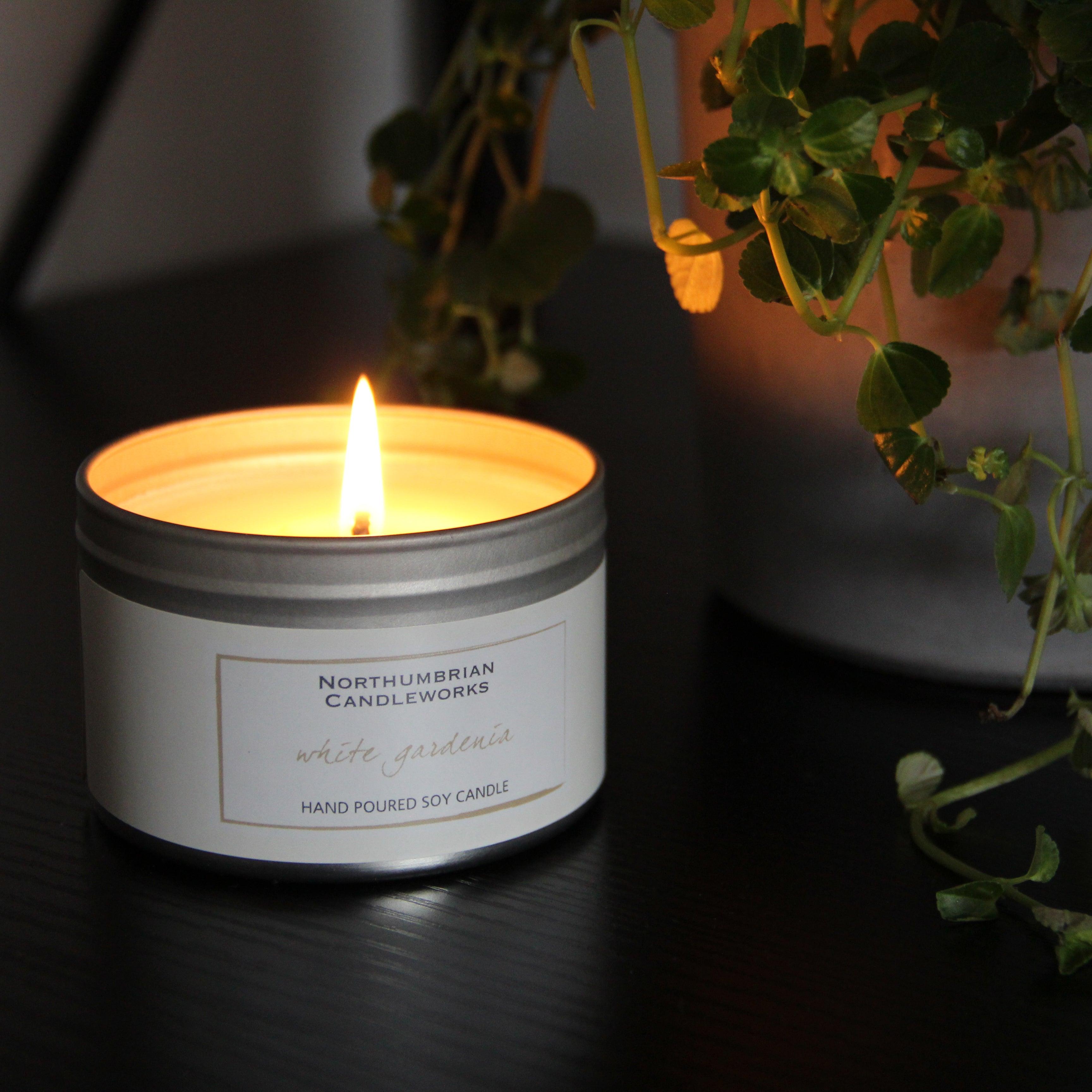From Wick to Wax: Recognizing the Chemistry Behind Soy Wax Candles and Their Environmental Impact
As we illuminate our spaces with the warm glow of candles, there lies a world of complex chemistry behind the relatively simple act of lighting a soy wax candle light. Join us as we untangle the scientific details behind soy wax candle lights and explore their ramifications on our atmosphere.
Soy Wax Vs. Paraffin Wax
When contrasting soy wax and paraffin wax for candle production, it is necessary to understand the distinct characteristics and advantages of each product. Soy wax is a natural, renewable energy acquired from soybean oil, making it environment-friendly and naturally degradable - crystal soy candles. In comparison, paraffin wax is a byproduct of petroleum refining, which elevates worries about its ecological impact and sustainability
Soy wax candle lights burn cleaner and give off less soot contrasted to paraffin wax candle lights, making them a healthier option for indoor air high quality. Furthermore, soy wax has a lower melting factor, allowing for a longer-lasting candle that disperses scent better. Paraffin wax, on the various other hand, has a tendency to melt faster and less cleanly, possibly launching damaging chemicals right into the air.
From a sustainability point of view, soy wax is favored for its biodegradability and eco-friendly sourcing, straightening with the growing customer preference for environmentally aware items. While paraffin wax has been a standard option in candle making as a result of its cost and ease of usage, the change towards environmentally friendly options like soy wax is obtaining momentum in the market.
Chemical Structure of Soy Wax

Combustion Process in Soy Candles
The chemical make-up of soy wax straight influences the combustion process in soy candle lights, affecting elements such as burn time, aroma launch, and environmental influence. When a soy candle light is lit, the warm from the fire melts the wax near the wick. This liquid wax is after that attracted up the wick as a result of capillary activity. As the liquid wax gets to the fire, it goes through and vaporizes combustion. The burning procedure involves the vaporized hydrocarbons in the wax responding with oxygen airborne to produce heat, light, water vapor, and co2.
The burning performance of soy candle lights is affected by the purity of the soy wax and the top quality of the wick. Additionally, soy wax candle lights have a lower environmental impact compared to paraffin candles due to their sustainable and naturally degradable nature.

Environmental Advantages of Soy Wax

Considered a sustainable option to conventional paraffin wax, soy wax offers remarkable ecological advantages that make it a prominent selection among eco-conscious customers. Soy wax burns cleaner and creates much less residue than paraffin wax, contributing to far better indoor air high quality and reducing the demand for cleansing and upkeep. Overall, the environmental advantages of soy wax line up with the expanding demand for lasting and environmentally friendly products in the market.
Recycling and Disposal Factors To Consider
Recycling and correct disposal of soy wax candle lights play a vital role in maintaining environmental sustainability and lowering waste in homes and neighborhoods. When it involves reusing soy wax candles, the very first action is to guarantee that the candle light has actually shed totally. This can be accomplished by enabling the candle light to burn till the wick is no much longer useful, and after that allowing official site the staying wax cool and strengthen. Once the wax has actually strengthened, it can be meticulously removed from the container.

In terms of disposal, if recycling is not an option, soy wax candles are eco-friendly and can be safely taken care of in a lot of house waste systems. It is constantly recommended to check with regional recycling centers or waste administration solutions for certain guidelines on candle light disposal to make sure proper handling and ecological security.
Final Thought
Finally, the chemistry behind soy wax candles reveals their ecological benefits over paraffin wax candle lights. Soy wax, derived from soybean oil, burns cleaner and produces much less residue when compared to paraffin wax. The combustion procedure in soy candles is a lot more efficient, causing a longer and more also shed. Furthermore, soy wax is eco-friendly and naturally degradable, making it an extra sustainable option for candle manufacturing. Reusing and proper disposal of soy wax candles additionally add to their environmental influence.
When comparing soy wax and paraffin wax for candle production, it is essential to understand the distinct features and advantages of each material (soy candles).Soy wax candle lights burn cleaner and send out less soot compared to paraffin wax candle lights, making them a healthier option for interior air top quality.Thought about a sustainable option to standard paraffin wax, soy wax provides remarkable ecological benefits that make it a preferred my response choice amongst eco-conscious consumers. Soy wax burns cleaner and creates much less residue than paraffin wax, adding to much better interior air high quality and reducing the need for cleansing and upkeep.In verdict, the chemistry behind soy wax candle lights discloses their environmental benefits over paraffin wax candles